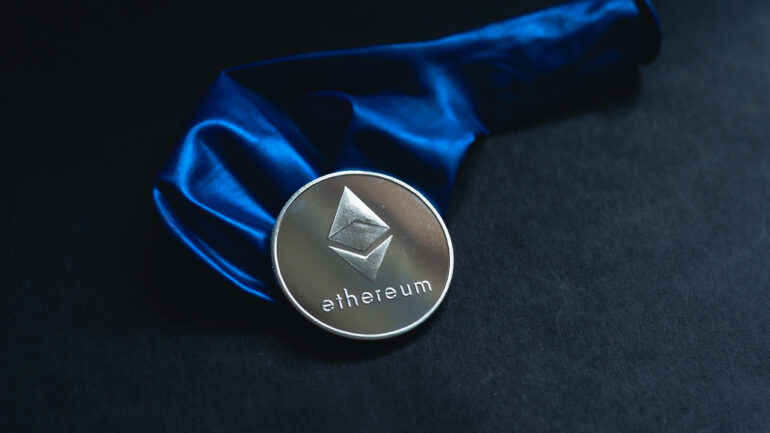
- Nansen published a report on censorship risk and the selling pressure of Ethereum following The Merge.
- It does not believe there to be selling pressure for a variety of reasons.
- Meanwhile, investors are anticipating a bump in the price of Ethereum, while some traders are shorting ETH to hedge their risk.
Data platform Nansen has stated that there isn’t likely to be any sell pressure following Ethereum’s Merge. Nansen posted a report on September 13, offering a deep dive into aspects of The Merge.
Specifically, the report dives into whether Proof-of-Stake will introduce more censorship risk at the validator level. It also looks at whether it would increase sell pressure from those who unstake in the medium-term.
Nansen notes that 65% of staking is liquid, with about 426,000 validators. However, about 64% of the staked ETH is held by five entities. The largest holder of staked ETH is Lido at 31%, with Coinbase, Kraken, and Binance making up another 30% or so.

In the short term, there will be no selling of staked ETH, as it can only be unstaked after the Shanghai upgrade. This is expected within 6 to 12 months after The Merge.
Even then, Nansen does not expect sell pressure, as the majority of staked ETH is currently out of profit levels. With 65% of staked ETH being liquid, it offers even less incentive to unstake and sell the cryptocurrency.

Furthermore, Nansen highlights the fact that whales have been accumulating ETH over the past few months. This is a sign of belief in the network, which suggests that selling is not on their minds.
There may be even less concern for selling following the Shanghai update. The Ethereum Foundation has suggested that there could be a withdrawal queue to prevent a rush of sell-offs.
Excitement Surrounding The Merge Reaching Fever Pitch
Investors and crypto enthusiasts have all been discussing The Merge animatedly in the past few weeks. There is optimism with regard to the fact that Ethereum will become a deflationary token. Some have even predicted that the token could reach $3,000 by the end of 2022.
Meanwhile, some traders have shorted ETH ahead of the event, with ETH funding rates also going negative. They could simply be hedging their risk, and they are paying high fees to maintain their positions. With negative funding rates, it means that traders can buy ETH futures contracts at a price lower than the index price.
